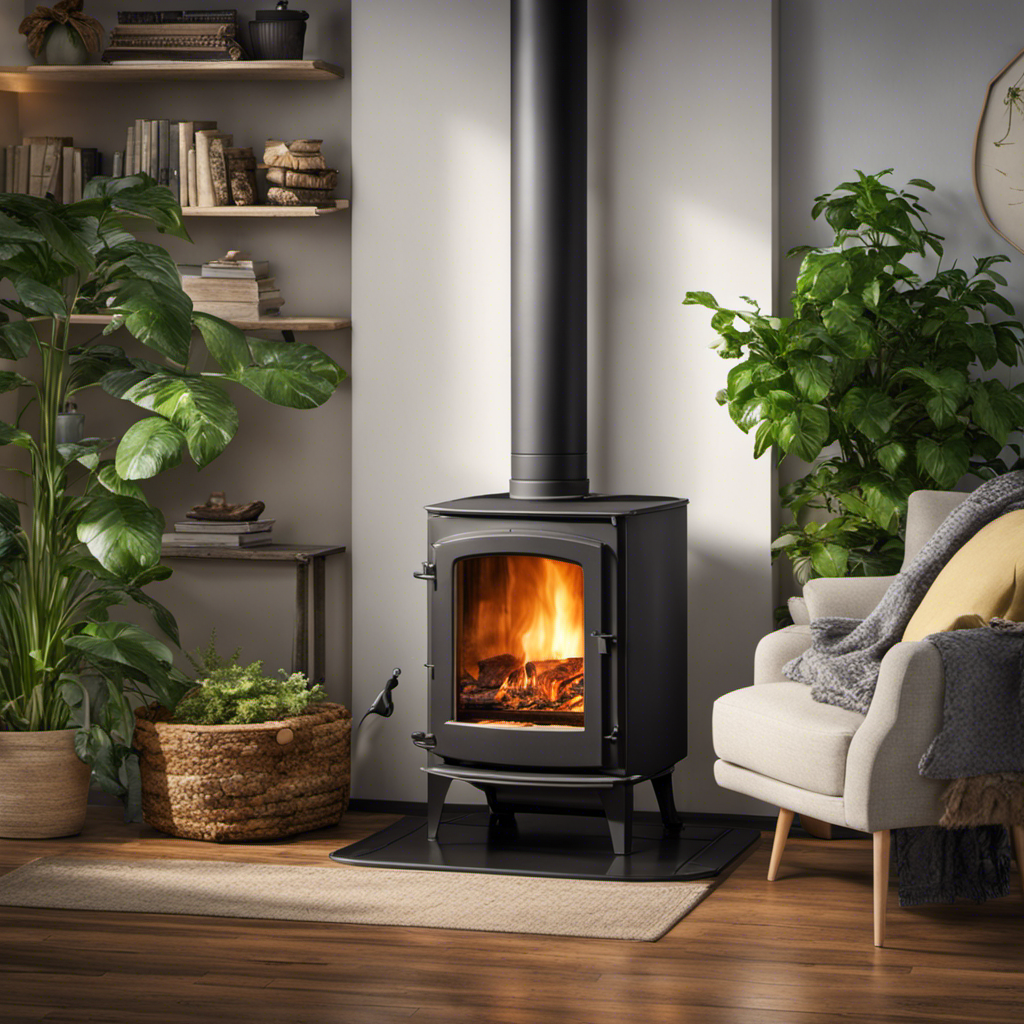You may be wondering – what is the lifespan of a Vermont Castings wood stove? You can be confident that these stoves are designed to last.
With proper maintenance and care, you can expect your Vermont Castings wood stove to last for decades. In this article, I’ll break down the factors that affect its lifespan, share some maintenance tips, and help you recognize the signs when it’s time for a replacement or upgrade.
So, let’s dive in and explore the longevity of these exceptional wood stoves.
Key Takeaways
- Regular cleaning and maintenance, following manufacturer’s guidelines, is essential for extending the lifespan of a Vermont Castings wood stove.
- Proper installation and usage contribute to optimal performance and a longer lifespan.
- Using recommended fuel and maintaining proper airflow helps prolong the stove’s life.
- Signs such as cracks, damaged gaskets, or declining efficiency may indicate that it’s time to replace the wood stove.
Factors Affecting the Lifespan of Vermont Castings Wood Stoves
In my experience, the lifespan of Vermont Castings wood stoves can be influenced by various factors.
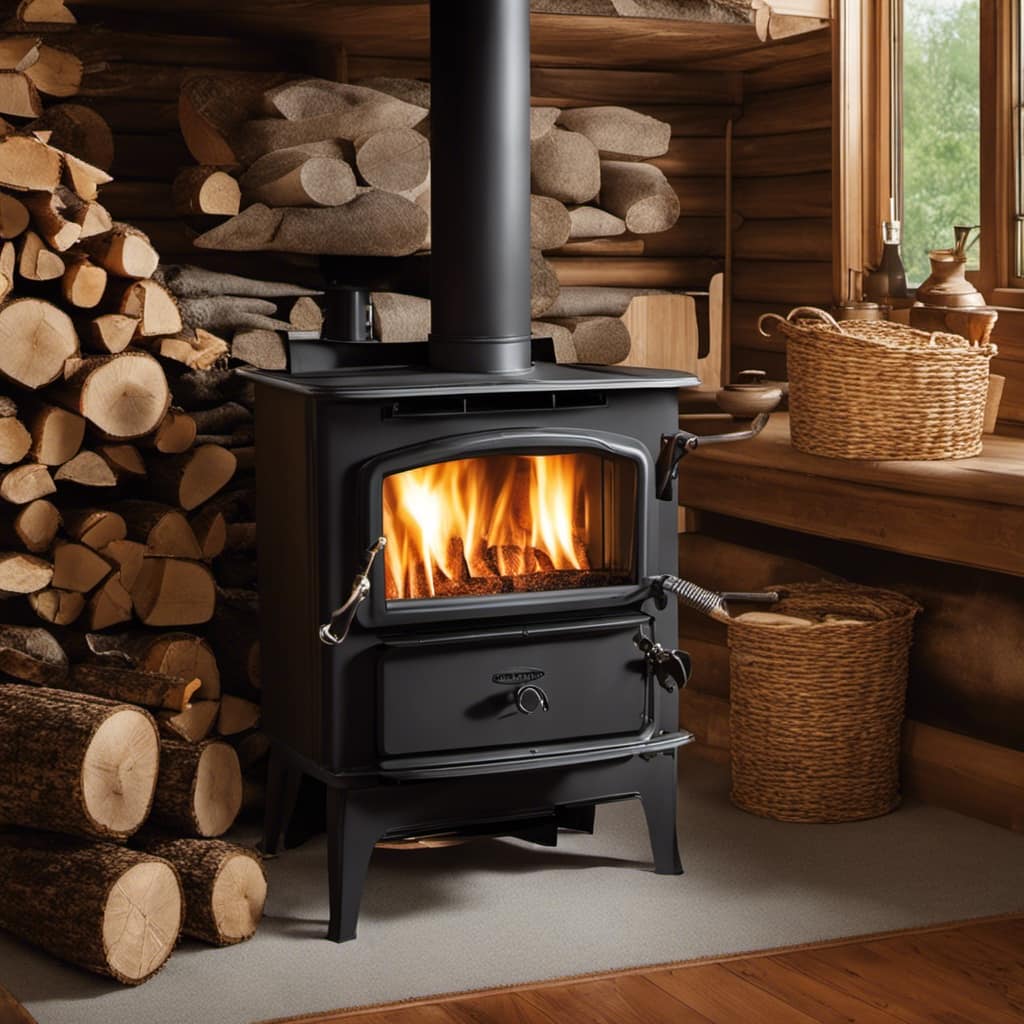
One of the most important factors affecting the efficiency and longevity of these stoves is regular cleaning. Over time, soot and creosote can build up in the stove and chimney, reducing its efficiency and increasing the risk of a chimney fire. By regularly cleaning the stove and chimney, you can prevent these issues and ensure optimal performance.
Additionally, proper installation and usage play a crucial role in the lifespan of the wood stove. Following the manufacturer’s guidelines for installation and operation, such as using the recommended fuel and maintaining proper airflow, can help extend the lifespan of the stove.
Regular maintenance, including inspecting and replacing worn-out parts, can also contribute to a longer lifespan.
Average Lifespan of Vermont Castings Wood Stoves
I’ve found that Vermont Castings wood stoves typically have a lifespan of around 20-30 years. This estimation is based on my experience working with these stoves and taking into account various factors that can affect their longevity.
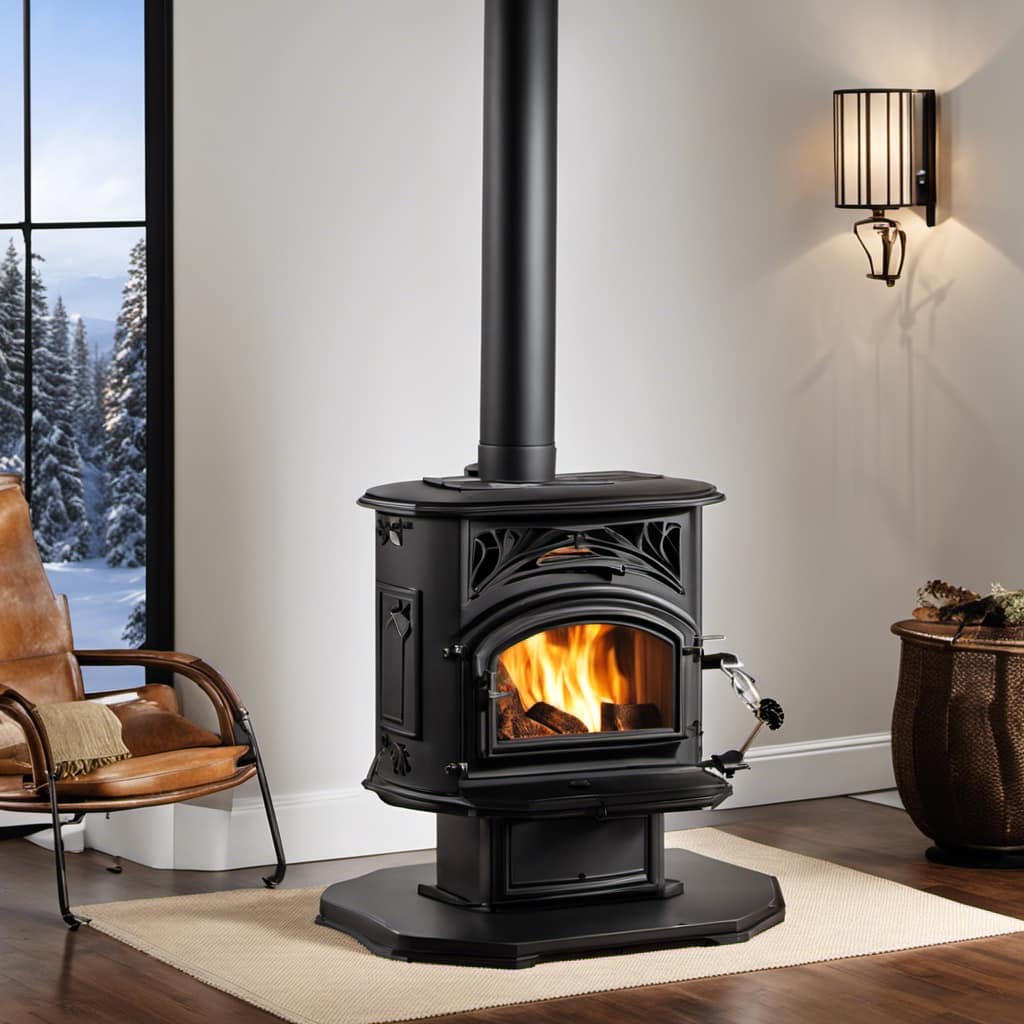
Here are three key points to consider when estimating the lifespan of a Vermont Castings wood stove:
-
Build Quality: Vermont Castings is known for their high-quality craftsmanship and durable construction. Their stoves are built to withstand the test of time and provide reliable heat for many years.
-
Proper Installation: A correctly installed wood stove can significantly extend its lifespan. It’s crucial to follow the manufacturer’s guidelines and have the stove professionally installed to ensure proper ventilation and safe operation.
-
Regular Maintenance: Routine maintenance is essential to keep your wood stove in optimal condition. This includes cleaning the chimney, inspecting and replacing gaskets, and regularly checking for any signs of wear or damage.
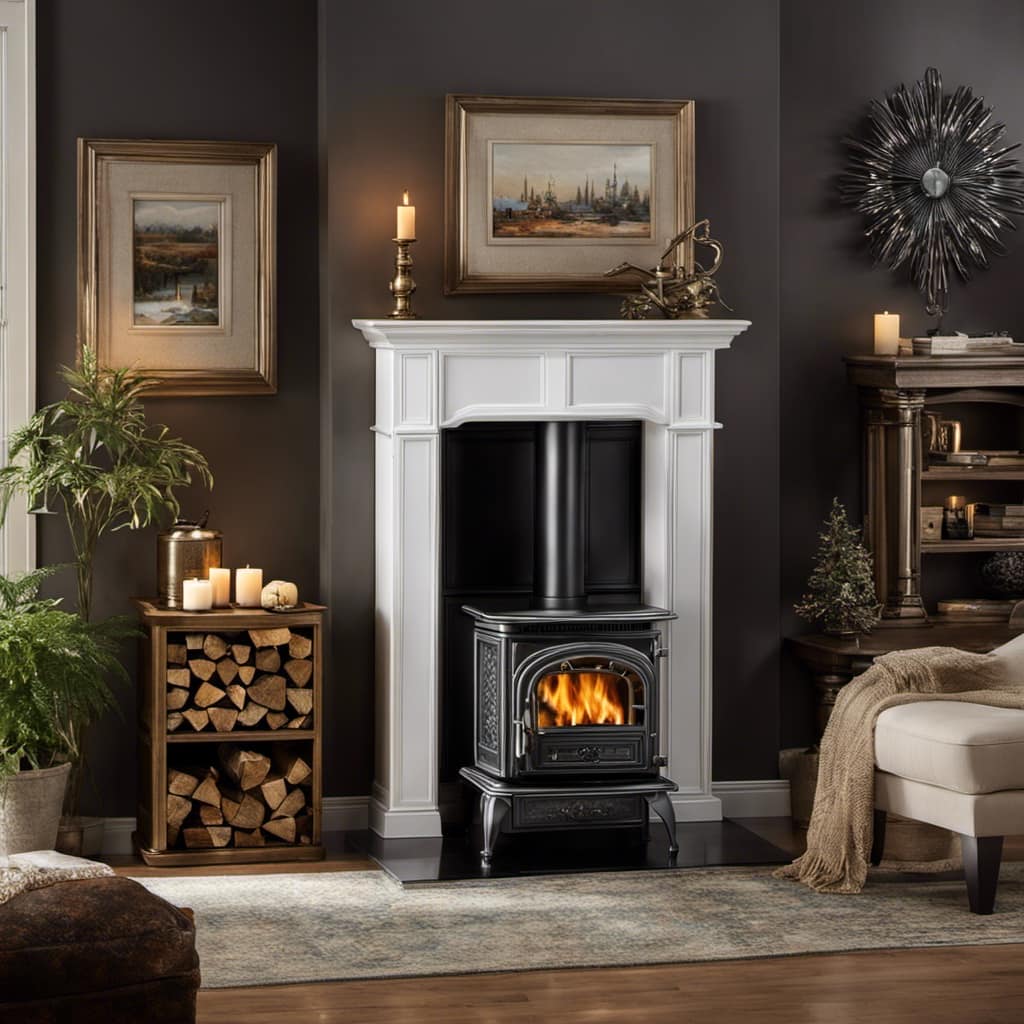
Maintenance Tips to Extend the Life of Your Vermont Castings Wood Stove
Regular maintenance is crucial for maximizing the lifespan of my Vermont Castings wood stove. By following proper cleaning techniques and addressing common issues, I can ensure that my wood stove continues to operate efficiently for years to come.
One important aspect of maintenance is regular cleaning of the stove’s interior and exterior surfaces. This involves removing any ash or debris from the firebox, as well as wiping down the stove’s exterior with a damp cloth. Additionally, I should inspect the stove’s gaskets for wear and tear and replace them if necessary.
Another common issue that can affect the lifespan of my wood stove is creosote buildup in the chimney. To prevent this, I should have the chimney professionally cleaned at least once a year.
Signs It’s Time to Replace Your Vermont Castings Wood Stove
When the efficiency of my wood stove begins to decline and it no longer adequately heats my home, it may be time to consider replacing it. There are several common issues that can arise with Vermont Castings wood stoves that may indicate the need for a replacement.
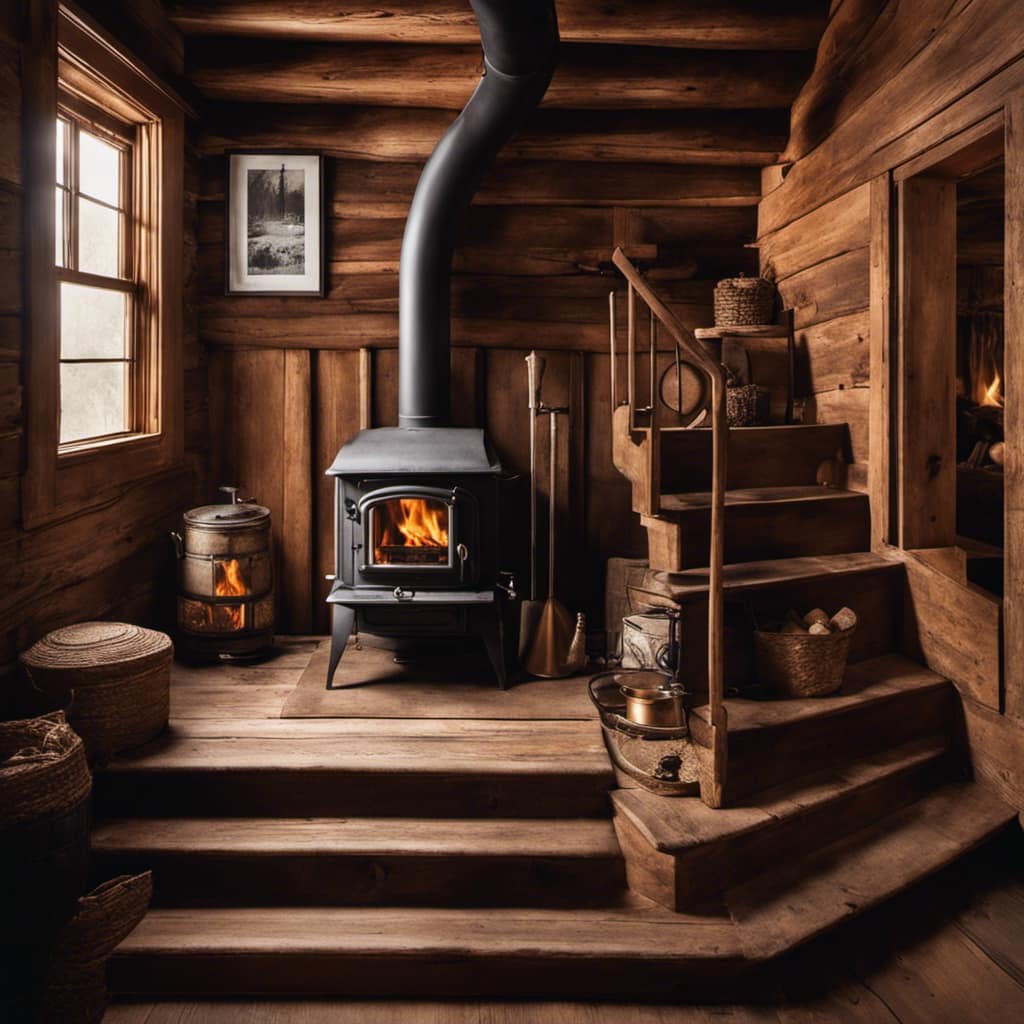
-
Cracks in the stove body: Over time, the extreme heat can cause cracks in the cast iron body of the stove. These cracks can lead to inefficient burning and can even pose a safety hazard.
-
Damaged or worn out gaskets: The gaskets around the doors and windows of the stove are essential for maintaining a proper seal. If these gaskets become damaged or worn out, it can result in heat loss and reduced efficiency.
-
Warped or damaged baffle: The baffle inside the stove helps to direct the flow of smoke and gases for efficient combustion. If the baffle becomes warped or damaged, it can disrupt this flow and lead to poor performance.
While some of these issues may be repairable, depending on the extent of the damage, it’s important to weigh the cost of repairs against the cost of a replacement.
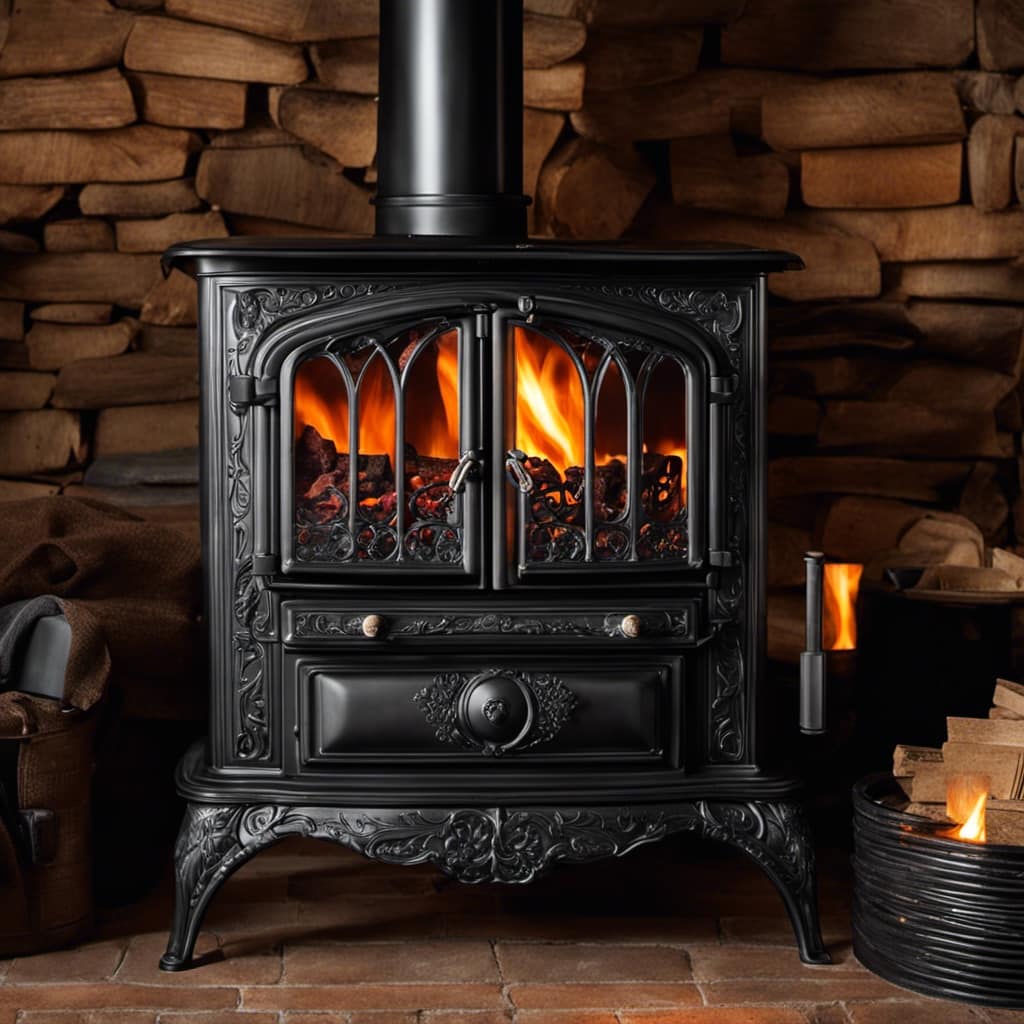
Upgrading Your Vermont Castings Wood Stove: When Is the Right Time?
As an owner of a Vermont Castings wood stove, I’m considering when it might be the right time to upgrade. Upgrading your wood stove can offer several benefits, such as improved performance, increased energy efficiency, and enhanced safety features. To help you make an informed decision, I have created a table outlining some popular upgrading options and their corresponding benefits:
| Upgrading Option | Benefits |
|---|---|
| Installing a catalytic converter | – Increased fuel efficiency |
- Lower emissions
- Longer burn times |
| Adding a blower | – Better heat distribution - Reduced heating costs
- Faster warm-up times |
| Upgrading to a newer model | – Advanced technology - Improved control options
- Enhanced safety features |
Each of these options has its own unique advantages, and the right choice for you will depend on your specific needs and preferences. By upgrading your Vermont Castings wood stove, you can enjoy a more efficient and enjoyable heating experience.
Frequently Asked Questions
Are Vermont Castings Wood Stoves Suitable for Use in Small Spaces or Apartments?
Yes, Vermont Castings wood stoves are suitable for small spaces and apartments. They are designed to be efficient and provide heat effectively in these environments. Their compact size and advanced technology make them a great choice for heating in limited spaces.
Can a Vermont Castings Wood Stove Be Converted to Use Gas or Electric Fuel?
Yes, a Vermont Castings wood stove can be converted to use gas or electric fuel. The conversion process involves replacing the wood-burning components with gas or electric inserts, ensuring energy efficiency and convenience.

What Is the Average Cost of Repairing or Replacing Parts in a Vermont Castings Wood Stove?
The average cost of repairs for a Vermont Castings wood stove can vary depending on the specific parts that need to be replaced. However, it is generally recommended to replace certain parts every 5-10 years to ensure the longevity and efficiency of the stove.
Are There Any Safety Concerns or Precautions to Be Aware of When Using a Vermont Castings Wood Stove?
When it comes to safety concerns and precautions with a Vermont Castings wood stove, it’s important to remember to always use proper ventilation, regularly clean the chimney, and never leave the stove unattended. Safety first!
Can a Vermont Castings Wood Stove Be Used as the Primary Source of Heating for a Home?
Using a Vermont Castings wood stove as the primary source of heating for a home has pros and cons. It can provide warmth and ambiance, but may not be as energy-efficient as other heating options.
Conclusion
In conclusion, the lifespan of a Vermont Castings wood stove is influenced by various factors such as usage, maintenance, and quality of materials. By following proper maintenance tips and conducting regular inspections, you can extend the life of your wood stove.
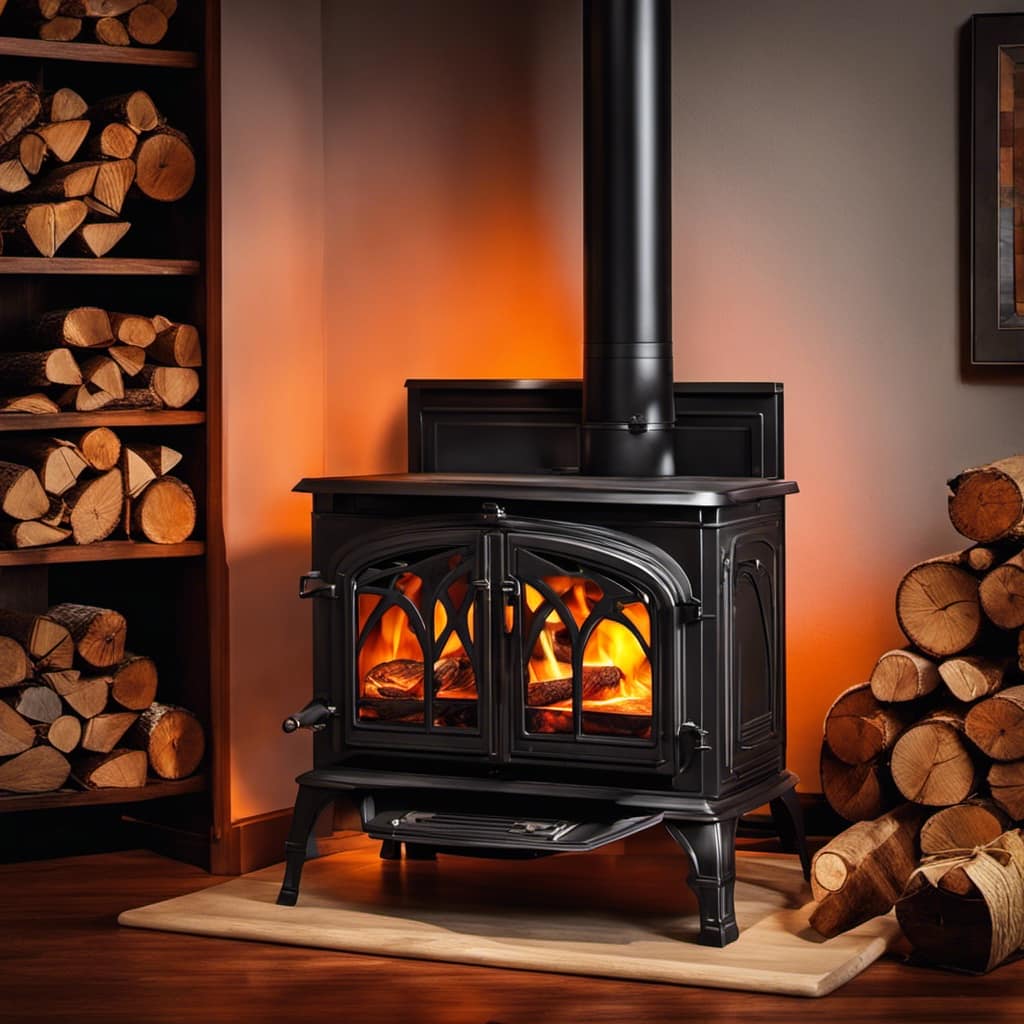
However, if you notice signs of wear and tear or decreased performance, it may be time to consider replacing or upgrading your Vermont Castings wood stove to ensure optimal functionality and efficiency.
Remember, staying proactive is key to enjoying the warmth and comfort of your wood stove for years to come.
Growing up surrounded by the vast beauty of nature, Sierra was always drawn to the call of the wild. While others sought the comfort of the familiar, she ventured out, embracing the unpredictable and finding stories in the heartbeat of nature.
At the epicenter of every remarkable venture lies a dynamic team—a fusion of diverse talents, visions, and passions. The essence of Best Small Wood Stoves is crafted and refined by such a trio: Sierra, Logan, and Terra. Their collective expertise has transformed the platform into a leading authority on small wood stoves, radiating warmth and knowledge in equal measure.





